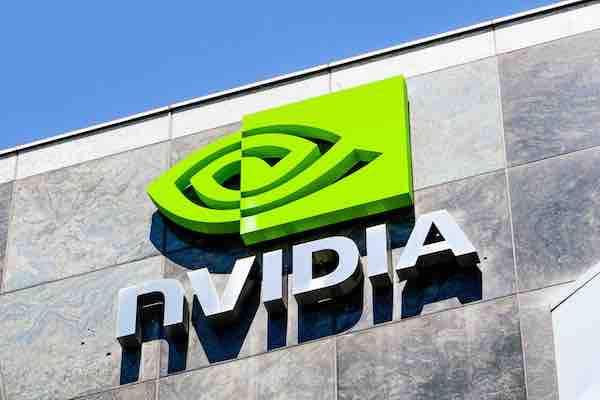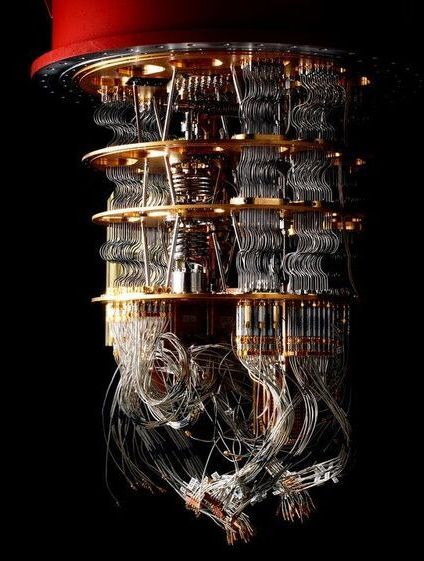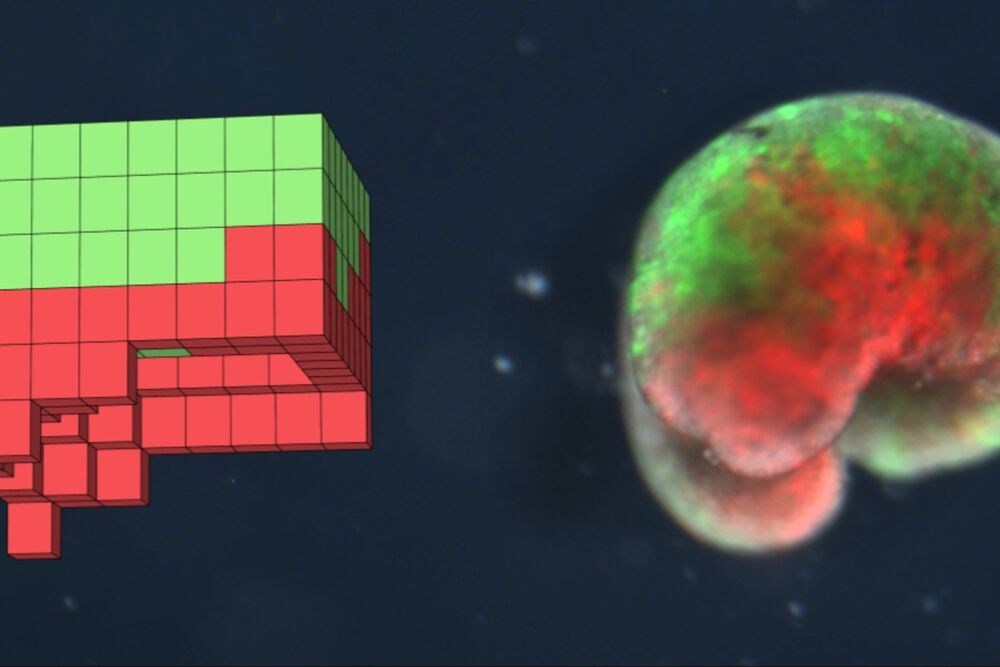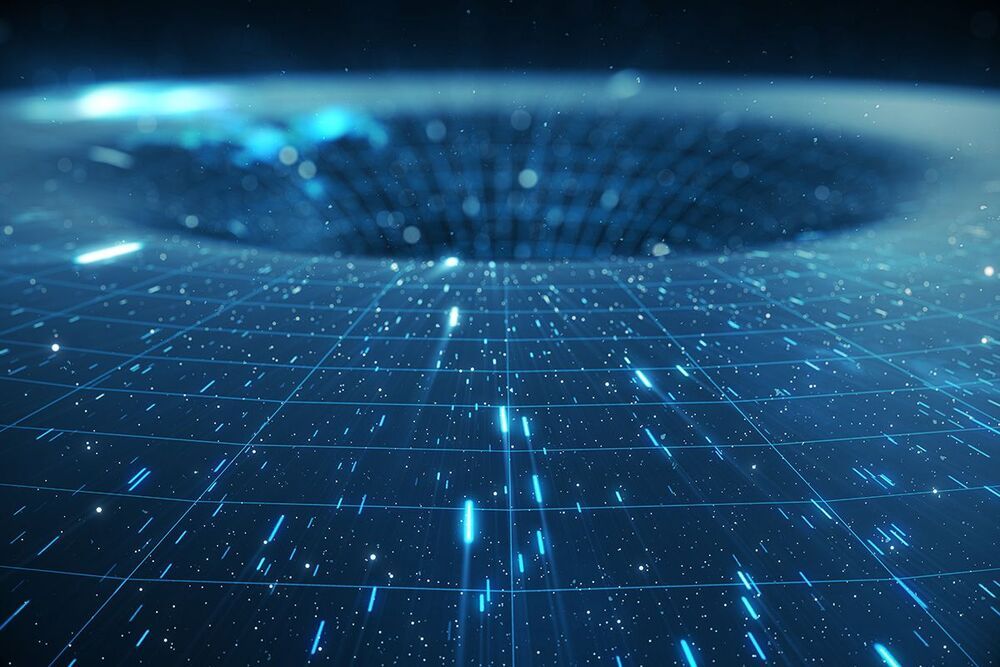Chipmaker patches nine high-severity bugs in its Jetson SoC framework tied to the way it handles low-level cryptographic algorithms.
Flaws impacting millions of internet of things (IoT) devices running NVIDIA’s Jetson chips open the door for a variety of hacks, including denial-of-service (DoS) attacks or the siphoning of data.
NVIDIA released patches addressing nine high-severity vulnerabilities including eight additional bugs of less severity. The patches fix a wide swath of NVIDIA’s chipsets typically used for embedded computing systems, machine-learning applications and autonomous devices such as robots and drones. 
Impacted products include Jetson chipset series; AGX Xavier, Xavier NX/TX1, Jetson TX2 (including Jetson TX2 NX), and Jetson Nano devices (including Jetson Nano 2GB) found in the NVIDIA JetPack software developers kit. The patches were delivered as part of NVIDIA’s June security bulletin, released Friday.








